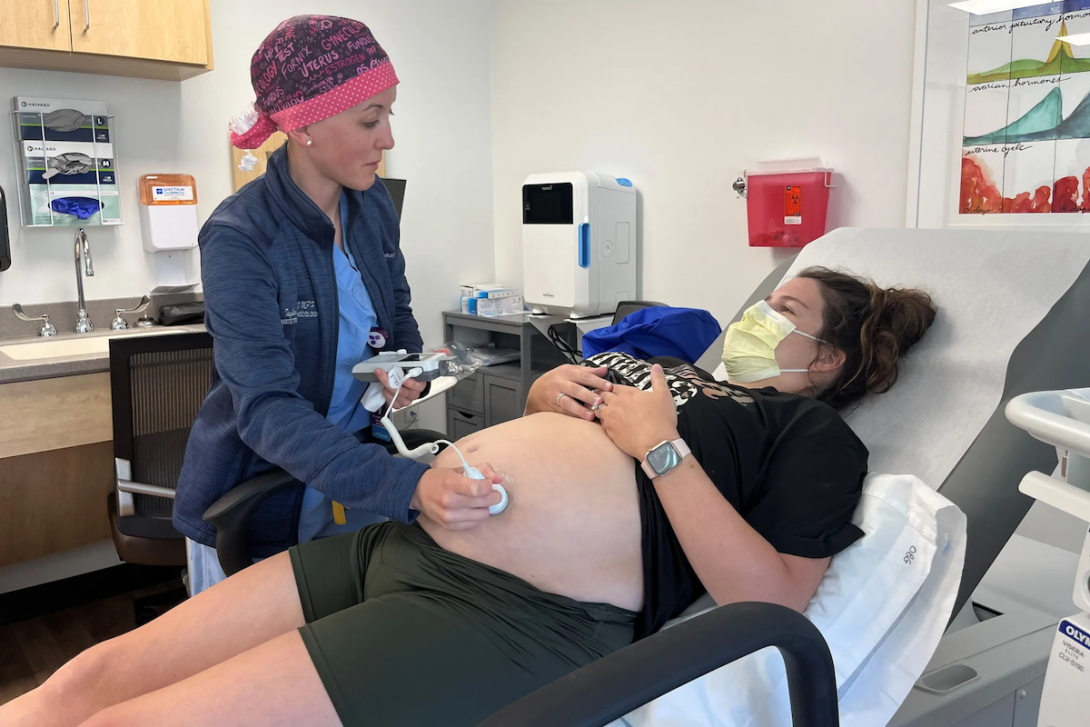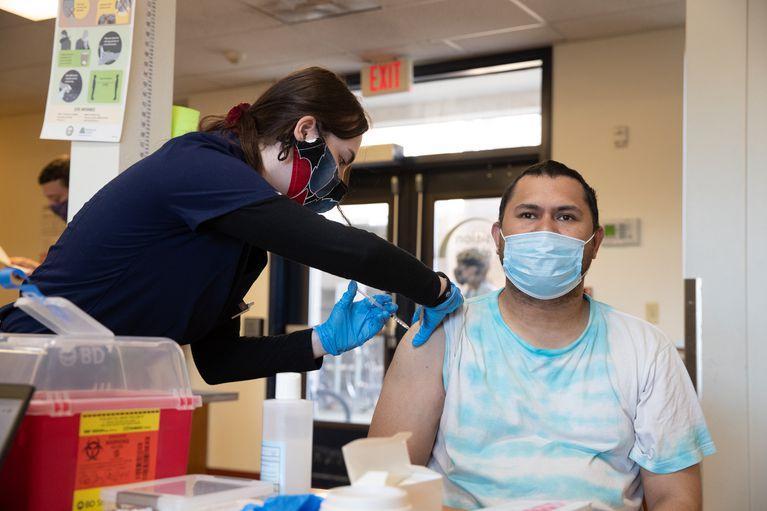Image

The Supreme Court in Washington, D.C.
|
PIXABAY
Image
Oregon State Hospital in Salem, Oregon, on Nov. 21, 2023.
|
JAKE THOMAS/THE LUND REPORT
Image

Obstetrician and gynecologist Taylar Swartz uses an ultrasound scanner to check the health of Addie Comegys’ baby on May 30. Comegys, who said she was due in late August, had traveled 45 minutes for her prenatal appointment at Mahaska Health in Oskaloosa, one of a few rural hospitals in Iowa still offering labor and delivery services.
|
TONY LEYS/KFF HEALTH NEWS
Image

PIXABAY
Image

Providence Portland Medical Center.
|
M.O. STEVENS/CC BY 3.0/WIKIMEDIA
Image

Safety net clinic workers, including many in Multnomah County, provide needed medical care for marginalized populations, including people lacking shelter.
|
MULTNOMAH COUNTY/MOTOYA NAKAMURA
Image

Oregon Health & Science University
|
MICHAEL MCDERMOTT/OHSU
Image

The medical establishment has wrestled with evidence that racial minorities and other marginalized communities experience worse health outcomes and that biases by health care providers — conscious and unconscious — have contributed to those disparities.
|
SHUTTERSTOCK
Image

The District of Columbia is one of the many communities nationwide working with property owners to replace water service lines that contain lead. The city aims to replace all lead service lines by 2030. Competing federal guidelines call for replacing all the nation’s lead service lines within either 10 or 30 years.
|
KYTJA WEIR/KFF HEALTH NEWS
